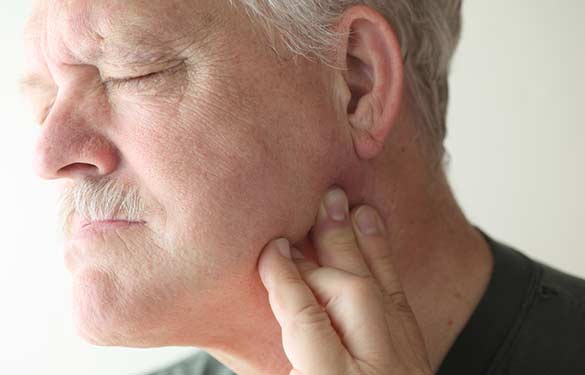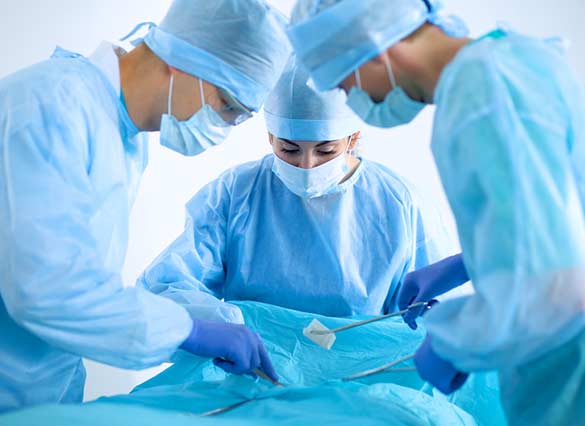
Located in the neck below the jawbone, the submandibular gland is the second largest of the major salivary glands.
If this gland has to be removed, it’s done with a procedure called a submandibular gland resection. It is often recommended because a tumor is affecting tissues in the gland.
- Surgical removal may also be performed when the gland is affected by a chronic infection associated with salivary duct stones or other benign (non-cancerous) conditions.
- Depending on the reason for the procedure, other tissue removal surgeries may be necessary.
What to Expect Before Surgery
Prior to surgery, your ear, nose, and throat specialist will evaluate the gland. This normally involves image and blood tests. If the reason for submandibular gland resection is a tumor, a biopsy is usually done to determine if it’s cancerous. If lab results confirm cancer, additional testing may be done to see if tissues in other parts of the neck are also affected and to identify the stage of cancer. Should this be the case, a neck dissection to remove lymph nodes may be performed in addition to submandibular gland removal


How Submandibular Gland Resection Is Done
With parotid gland surgery, it may be possible to remove only the part of the gland surrounding the tumor. Submandibular gland resection, on the other hand, usually involves complete removal of the gland. Performed under general anesthesia, the procedure starts with an incision made in the neck. In order to minimize scaring, the incision is usually made in the neck’s natural folds.
Because of the location of the submandibular gland, important structures will need to be protected during surgery. The platysma muscle that helps control lower lip movements is cut to access to the gland since it’s located deep within the neck. Nerves that control tongue movements and sensations are also protected during surgery. Special attention is also paid to the tiny marginal mandibular nerve that partially affects the ability to smile since it is directly on top of the gland.
What to Expect After Surgery
For a few days after surgery, a small drain is left in place to allow for the drainage of fluid from the area where the gland was located. Removal of the drain only takes a few seconds. It’s advisable to rest for a day or so after the procedure, although post-surgery discomfort is usually minimal. You should be able to eat normally and resume your daily routine shortly after going home. A longer hospital stay may be necessary if other procedures had to be done following submandibular gland resection.
Follow-Up Care
If gland removal involved other tissues in the neck and affected your physical appearance in this area, reconstruction or cosmetic procedures may be discussed and planned for a future date after you’ve healed. Otherwise, follow-up care generally involves occasional testing to make sure other glands in the affected area are healthy and functioning as expected.
The submandibular gland normally delivers saliva to the floor of the mouth. Since there are many other saliva-producing glands within the same general area, submandibular gland resection does not noticeably affect saliva production. There may be some residential saliva production where the gland was cut that causes swelling. It can usually be managed with repeated aspirations or a pressure dressing. Minimally invasive endoscopic resections may reduce the risks commonly associated with surgery performed in this part of the neck.


